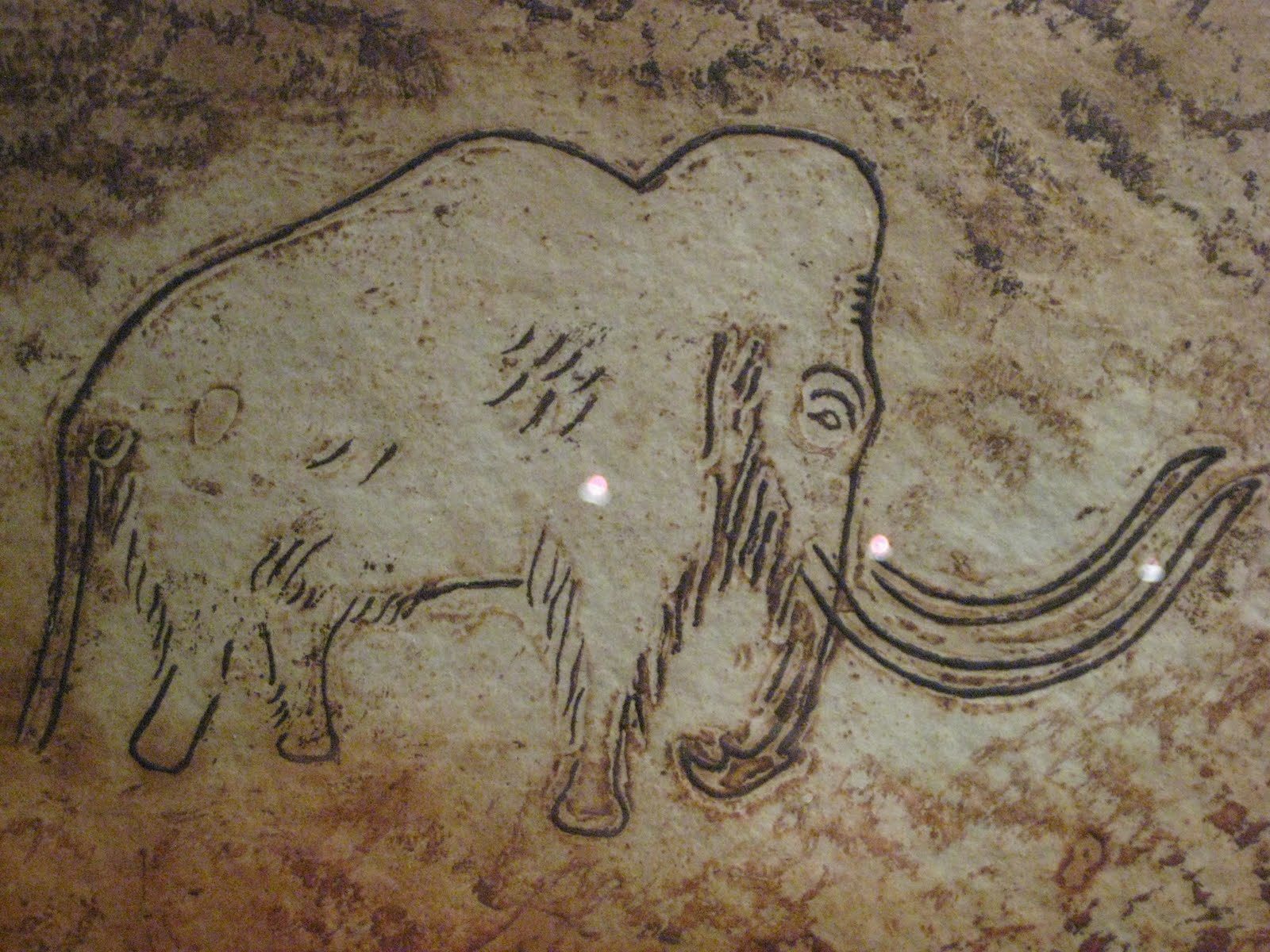Yes, but in your begging scenario before, you were changing the location of the poles. Put a black dot in your orange to mark North on the top. Where South should be, mark it with blue. The axis traverses your black and blue dot. Now, spin your orange in your new chosen direction or directions. It's a sphere, it rotates. And remember, the axis of rotation traverses the black and blue dots. Like having a stick entering the black mark and exiting the blue mark. The black dot and blue dot would still be on the same place you painted them, regardless of your new chosen direction of rotation or rotations. Surely, the day will look all weird, and the seasons too, depending on how you're spinning it.
Point being, it's the axis of rotation. Even if you place the blue dot on the North or the West... the dots didn't change their locations of where you painted them. You just changed the direction it spins. To change the dots, you have to throw a few rocks to the orange. Then the dot might change a few centimeters. Your orange will get deformed and crashed too.
I know it's simple. But somewhere in the middle, you were adding other scenarios that simply require other dynamics to be factored in.
Oh boy.
Check please the video about Dzhanibekov effect on Ark's YT channel linked to in my post on previous page of the thread. That's the extreme example.
Video starts with blue ball being North pole and green ball South pole. After some time, due to instability (which can be caused from outside like that 'nudge' for example, or inherent to the system like a tennis racket) the rotational axis starts to change, and ends up with green ball now being North pole, while blue ball becoming South pole. The rotational axis flipped, and during the flipping process neither of the balls remained being the pole they were before the flip started. And that video is about a solid body, clearly showing that no crustal movement is needed for rotational axis to change its position and orientation in space.
IOW, rotational axis of a solid body can change its orientation in space viewed from outside, like precession angle, and at the same time its 'position' within the system, changing the locations of the poles on the body itself, like with that balls in the video that were flipping every now and then from being North pole to South pole and back again.
In your example, the black and blue dots on the orange would be moving when the flipping process started and exchaged their positions when the flip would be over. And would do that again when next flip begins.
End result: poles move around (the surface of) the body (orange), describing or drawing a curve on it, while and when the (net or effective) rotational axis changes its orientation and position.
Hope this now made things a bit clearer.
Thanks go to Ark for making that Mathematica simulation video.

Edit:
On my previous posts here, rotational axis changing position meant that the poles changed their location 'on the body'.


 Of course, we know these changes are catastrophic. Some mantle or crustal slippage would be expected, which is catastrophic. Which could then lead to a change in location of the poles.
Of course, we know these changes are catastrophic. Some mantle or crustal slippage would be expected, which is catastrophic. Which could then lead to a change in location of the poles.